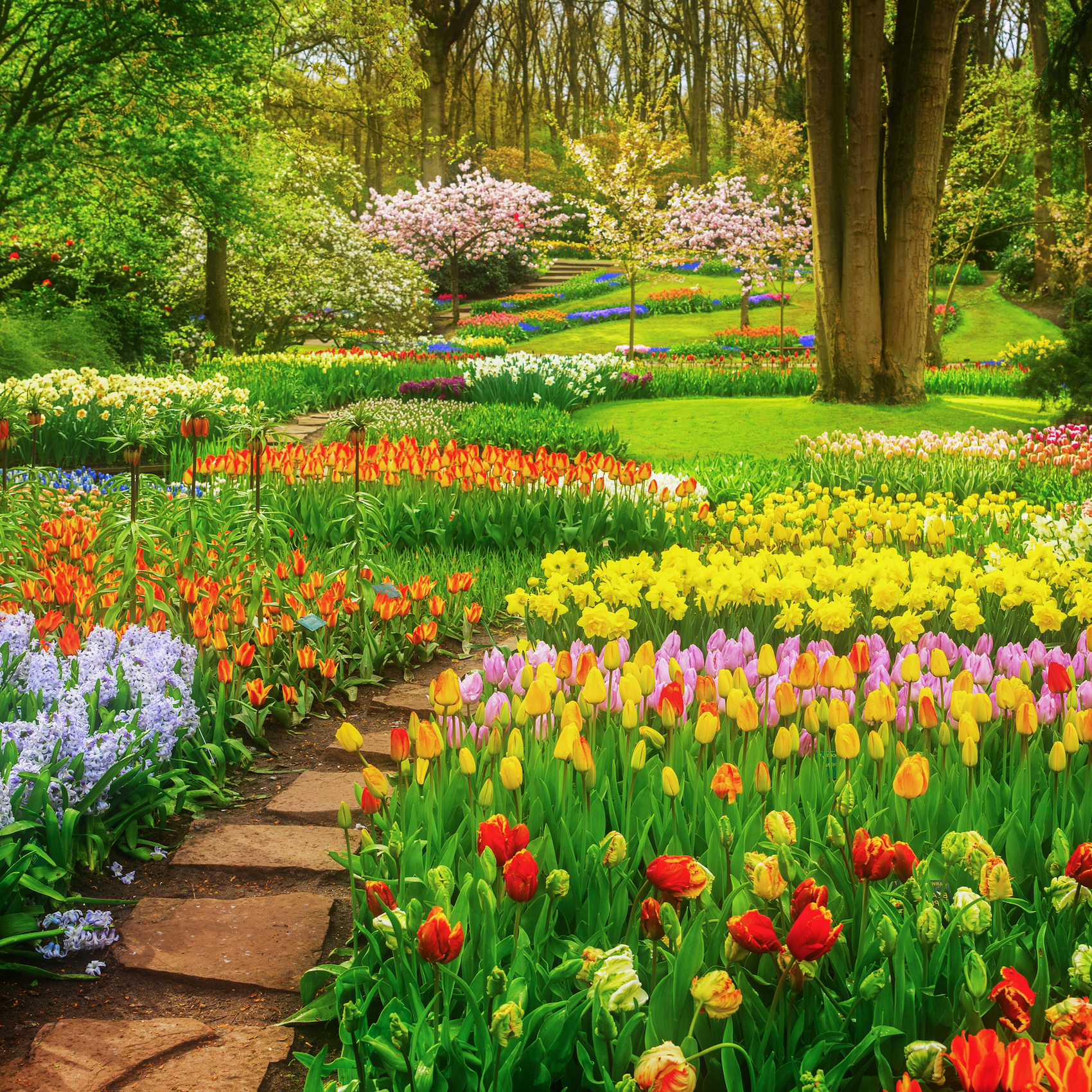Europe’s Botanical Wonders: Unveiling the Diversity of Unusual Flora Across the Continent
Europe, with its rich history and diverse landscapes, is not only a treasure trove of cultural marvels but also home to a fascinating array of botanical wonders. From the lush forests of Scandinavia to the Mediterranean meadows, the continent boasts a stunning variety of plant life that often goes unnoticed. In this exploration, we delve into the hidden gems of European flora, shedding light on the extraordinary plants that contribute to the continent’s unique ecological tapestry.
The Enchanting Orchids of the Alps: A Symphony of Colors in High Altitudes
Nestled amidst the snow-capped peaks of the Alps, a delicate and captivating world awaits – the realm of Alpine orchids. These resilient flowers, thriving in harsh mountain environments, exhibit a breathtaking spectrum of colors and shapes. From the vibrant pink hues of the Lady’s Slipper Orchid (Cypripedium calceolus) to the intricate patterns of the Monkey Orchid (Orchis simia), these blooms add a touch of elegance to the rugged landscapes of the Alpine region.
Did you know? Some Alpine orchids have evolved to mimic the appearance of certain insects, attracting pollinators with their deceptive allure. Nature’s artistry is truly on display in these high-altitude gardens.
Mystical Meadows of the Balkans: Exploring the Diverse Flora of the Balkan Peninsula
Venture into the enchanting meadows of the Balkans, and you’ll encounter a botanical mosaic unlike any other. The Balkan Peninsula, characterized by its diverse climates and terrains, hosts a captivating array of flora that spans from the plains of Romania to the mountains of Greece. Keep an eye out for the vibrant Fire Lily (Lilium chalcedonicum), a striking red blossom that graces the meadows with its regal presence. Meanwhile, the Balkan Anemone (Anemone blanda) carpets the ground in hues of blue, creating a mesmerizing spectacle.
Fun fact: The Balkan Peninsula is considered one of Europe’s biodiversity hotspots, showcasing a remarkable variety of plant species, many of which are endemic to the region.
Iberian Peninsula’s Succulent Marvels: A Closer Look at the Desert Flora of Southern Europe
While some may associate Europe with lush greenery, the Iberian Peninsula surprises with its unique desert flora. In the arid landscapes of Southern Europe, succulents reign supreme, adapting to the harsh conditions with remarkable resilience. The Aeonium, with its rosette-shaped leaves, and the spiky Agave are just a few examples of the stunning succulents that thrive in the sun-drenched soils of the Iberian Peninsula.
Did you know? Some succulents of the Iberian Peninsula have medicinal properties and have been traditionally used for various purposes, including wound healing and skincare.
The Arctic Flora: Surviving the Extremes in Scandinavia’s Northern Wilderness
As we journey northward, the landscape transforms into a realm of icy beauty. In the Arctic tundra of Scandinavia, where the temperatures plummet, a unique array of flora has adapted to the extreme conditions. Look for the Arctic poppy (Papaver radicatum), a hardy flower that braves the chilly winds and short growing season to add a splash of color to the frosty expanses.
Fun fact: The Arctic flora has adapted ingenious strategies to absorb sunlight efficiently, with some plants having dark-colored leaves that absorb heat in the chilly Arctic environment.
FAQs: Unraveling the Botanical Mysteries of Europe
- Are there any endangered plant species among Europe’s botanical wonders? Europe is home to several endangered plant species, with threats including habitat loss, climate change, and human activities. Conservation efforts are underway to protect these botanical treasures and ensure their survival for future generations.
- Can I find these unusual plants in botanical gardens? Many of Europe’s unusual plants can be found in botanical gardens across the continent. These gardens play a crucial role in conservation and education, allowing visitors to appreciate and learn about the diverse flora of Europe in a curated setting.
- How can I contribute to the conservation of Europe’s botanical wonders? Individuals can contribute to the conservation of Europe’s botanical wonders by supporting local conservation initiatives, practicing responsible tourism, and educating others about the importance of preserving biodiversity. Additionally, participating in citizen science projects and volunteering with environmental organizations are effective ways to make a positive impact.

